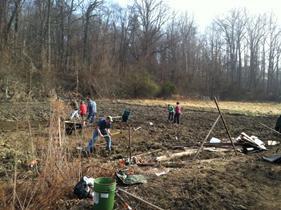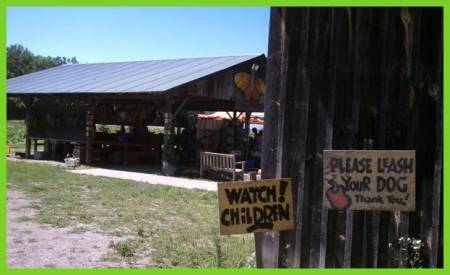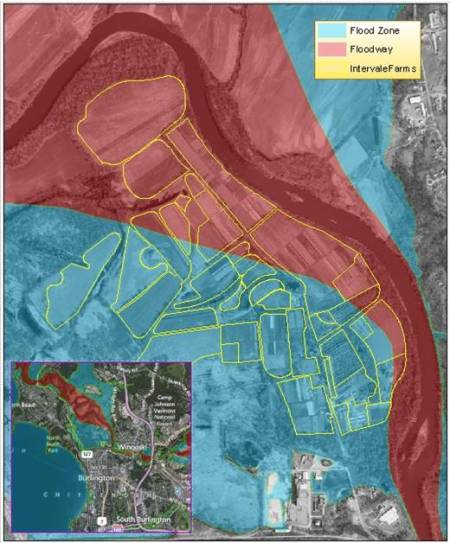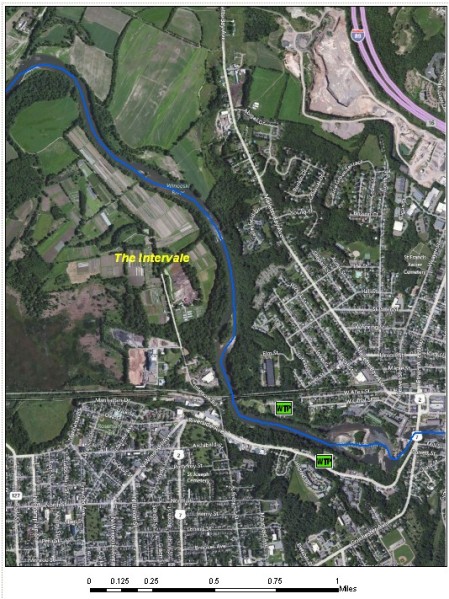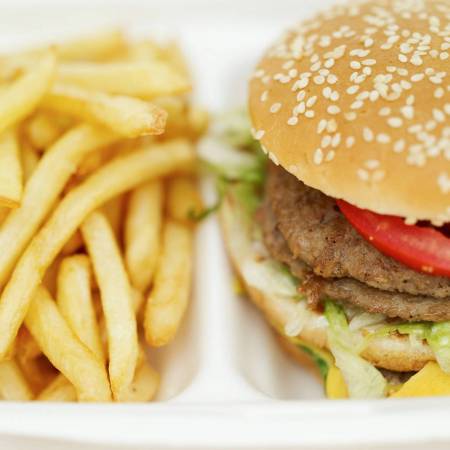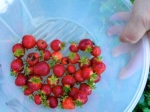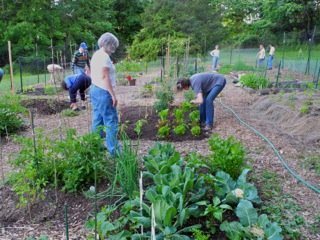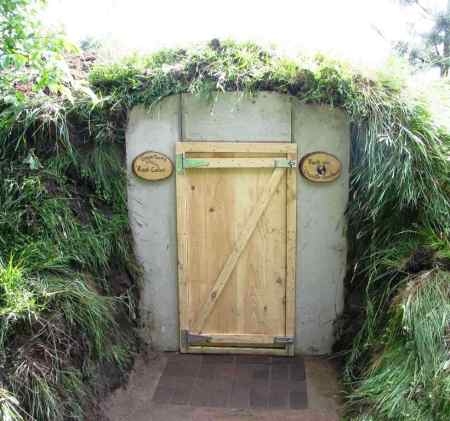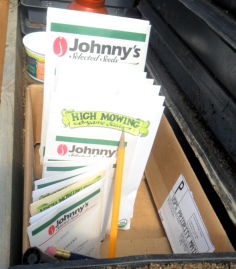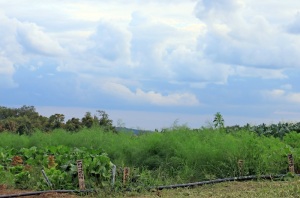By Amy Jolin, President, Eat Local
Thanks to a generous grant from the Community Catalyst Fund, Eat Local, Inc. was able to purchase lumber, fencing, water barrels, and soil for a large, beautiful garden in the wooded and rocky soils of Ringwood, NJ. The project started in 2010 as a charity garden organized by Girl Scout Troop 369. The girl scouts helped till soil and plant a garden at the Community Presbyterian Church at145 Carletondale Road. With the support of the church Session and donations from Eat Local and various local organizations, this service project supplied fresh healthy tomatoes, cucumber, lettuce and beans to the food pantry located in the same campus.
The project started in 2010 as a charity garden organized by Girl Scout Troop 369. The girl scouts helped till soil and plant a garden at the Community Presbyterian Church at145 Carletondale Road. With the support of the church Session and donations from Eat Local and various local organizations, this service project supplied fresh healthy tomatoes, cucumber, lettuce and beans to the food pantry located in the same campus.
At the end of 2010, Eat Local received a grant for $2,500 to expand the charity garden into a full fledged community garden accommodating 27 families to grow their own food in the raised beds of a sunny, fenced area with great water access.

Eat Local received ample support from local businesses, including a machine for a day from CLC Landscaping who scraped the top layer of weeds from the proposed lot. Andersen Forest Products arranged for a great discount on untreated clean lumber with which to build raised garden beds. Boy Scout Troop 76 donated their time to build raised beds.
The Borough of Ringwood donated the rich, black, composted leaf mulch with which to fill the beds. They also donated the machine to move soil from the pile to the beds, saving the volunteers much hard labor.
The news of the project spread like wildfire through the advertising efforts of Eat Local. Families fell in love with the idea and snatched up the plots quickly, contributing a small fee for the yearly upkeep of the garden. Each family joined a committee, such as communications, events, education, fences, water, soil, pests, and so on. Families worked with great enthusiasm to install the fencing, fill beds with soil and to even extend the project by building a small school garden in the pre-school playground adjacent to the garden.

The energy of the families grew from a feeling of camaraderie developed during several work parties and family holiday parties. Families shared gardening details and bragging rights over the tallest sunflowers or the fattest onions. Children conducted a “Most Beautiful Garden” contest and chose the winner to receive a silver trowel.
The events committee of the garden is planning a Ribbon Cutting ceremony for the garden which will include the Ringwood Mayor cutting the ribbon, a blessing of the harvest, a poem, and dedication of the garden. Later in the season, the families will gather for a twilight harvest dinner. Families will bring a dish of food from their garden, listen to the music of a talented garden guitarist, and enjoy the fruits of their labor.
Committee members have contributed articles to a monthly newsletter that includes photos of the garden build, growing tips on tomatoes, school garden successes and other details of the project.
For the most part, the families of the Ringwood Community Garden had been hindered in their garden attempts by endless wildlife challenges including bears, deer, turkeys, groundhogs, and even beaver. They have struggled with the rocky soil of Ringwood, and a rigid tree ordinance that keeps most yards wooded. The garden has been an oasis for them, allowing a home-grown food source, and the confidence of their own organic food system. The families are dedicated and delighted with their amazing garden, and grateful to the Community Catalyst Fund for making it possible.

